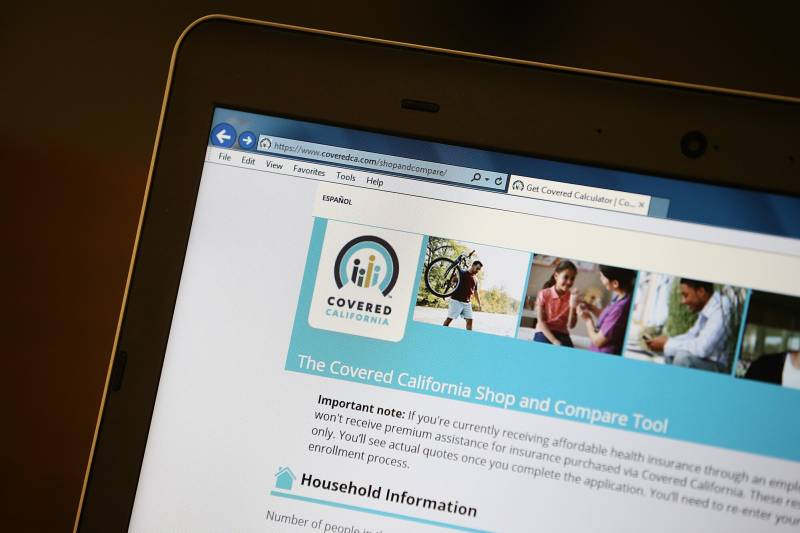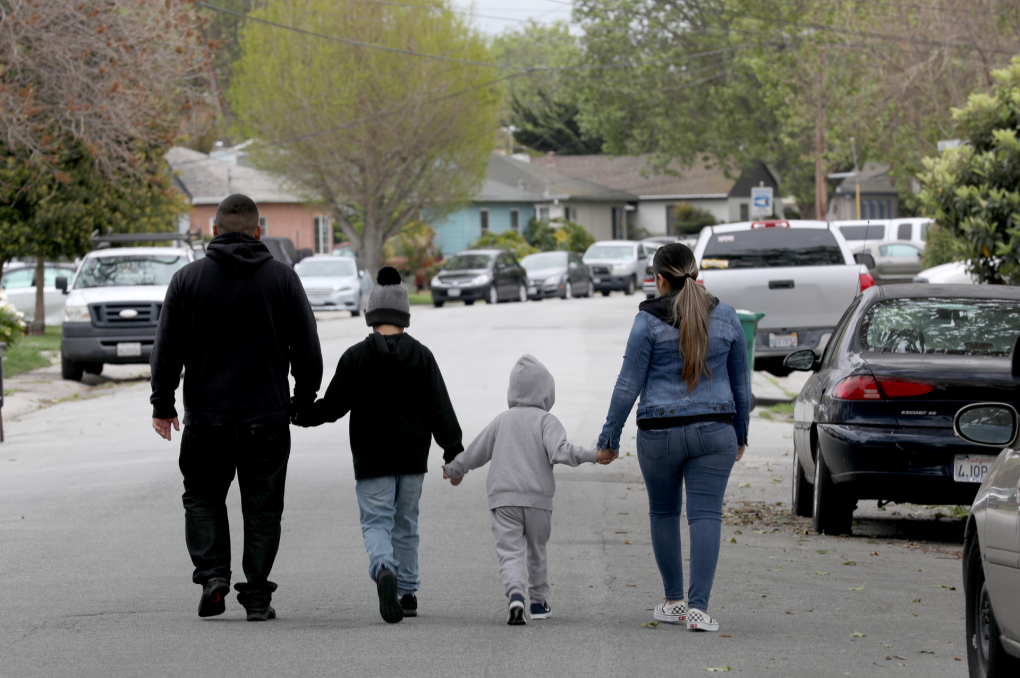Open enrollment for Covered California began Nov. 1. Those who enroll before the end of the year will have coverage beginning at the start of 2025.
“We begin this open enrollment with record-high numbers of enrollees and California’s lowest uninsured rate to date. … Our total number of enrollees has risen by 15% overall in the past four years, with our largest gains among our communities of color,” Altman says. “The Greater Bay Area enrollment is up over 7% in the past four years, with over 330,000 Californians now enrolled in Covered California coverage.”
However, many in California continue to go without health insurance.
Citing the UCLA Center for Health Policy Research, Altman highlighted that roughly 1.3 million Californians are uninsured despite being eligible for low-cost coverage through Covered California or free insurance through Medi-Cal, the state’s Medicaid program.
Immigrants under DACA were granted access to Affordable Care Act plans after the Biden administration chose to expand the definition of those who are “legally present” in the country to include DACA recipients.
A group of 19 states have since decided to sue the federal government over that decision. They argue that the expansion creates an additional burden on those states by requiring them to insure immigrants.
They also argue that DACA recipients are not in the country legally and that offering them coverage through the ACA “encourages unlawfully present alien beneficiaries to remain in the United States.”
Until a judge rules on that lawsuit, however, Altman says California’s roughly 40,000 eligible DACA recipients are encouraged to enroll through Covered California.
“In fact, DACA recipients can enroll through a special enrollment period and gain coverage on Dec. 1. So if you need care, if you haven’t gotten your checkup, if you are one of our DACA recipients, we’re here for you right now,” Altman says.
Open enrollment ends on Jan. 31.
How to sign up for health care through Covered California if you’re a DACA recipient
When do I have to sign up?
Open enrollment for health care coverage through Covered California started Nov. 1, and your last day to sign up at CoveredCA.com is Jan. 31. But if you qualify for Medi-Cal (California’s Medicaid program), which DACA recipients are also eligible for, you can sign up for Covered California any time.
If I sign up, when will my health plan start?
Your health plan starts the first day of the month after you submit your application. So, if you want health care through Covered California on Dec. 1, you’ll have to sign up before November is over. If you sign up in December, your coverage will begin in January.
As a DACA recipient, what will I be asked when submitting my application?
You’ll be “asked to provide document information or a copy of your documents to show proof of immigration or lawful presence,” according to Covered California, and you can use either:
- Your Notice of Action (I-797), issued by U.S. Citizenship and Immigration Services (USCIS), that shows that your “deferred action” status was approved
- Your Employment Authorization Document (I-766), or EAD, that shows you’re authorized to work in the U.S.
What if I don’t have those documents right now?
You should still apply, Covered California says. If you can’t provide the documentation during your application process, you’ll be considered “conditionally eligible” if you meet all other eligibility requirements and will get 95 days to submit the required documentation once you’ve obtained it.
Does applying for Covered California make me a public charge?
No, the state says: “In general, applying for health insurance coverage through Covered California and receiving financial assistance for a Covered California health plan or receiving low- or no-cost coverage through Medi-Cal will not make an individual a ‘public charge.’”
It won’t affect your immigration status or your future chances of becoming a lawful permanent resident or a naturalized citizen, Covered California says. The only exceptions to this are if you receive long-term care in a nursing home through Medi-Cal or if you don’t tell the truth on your Covered California application.
Read more FAQs for DACA recipients on CoveredCA.com.
KQED’s Carlos Cabrera-Lomelí contributed to this report.


